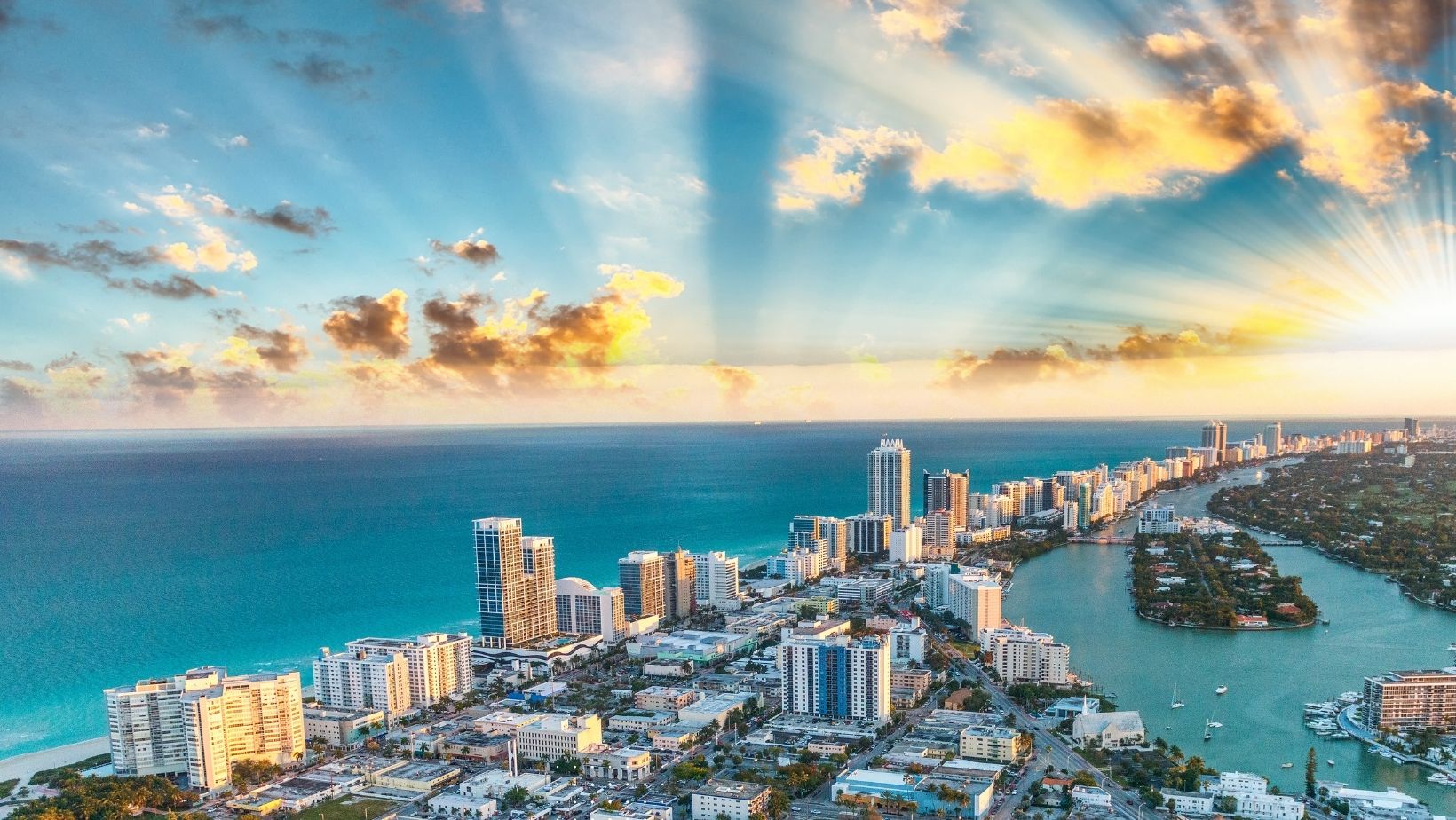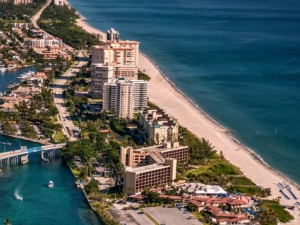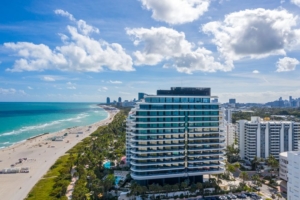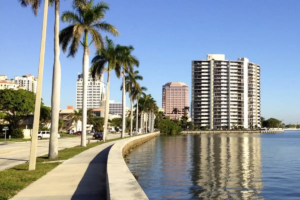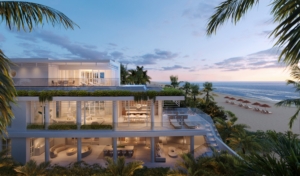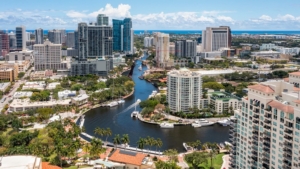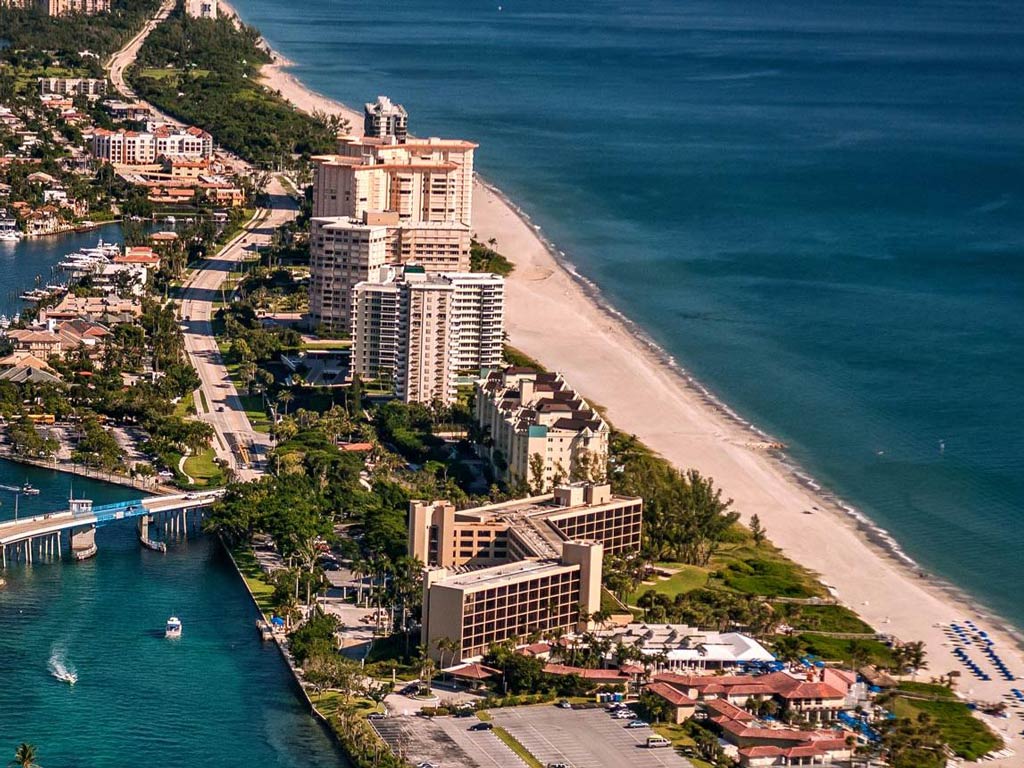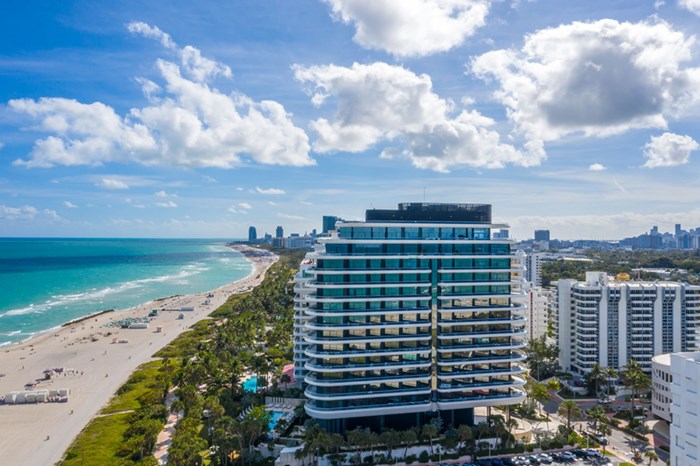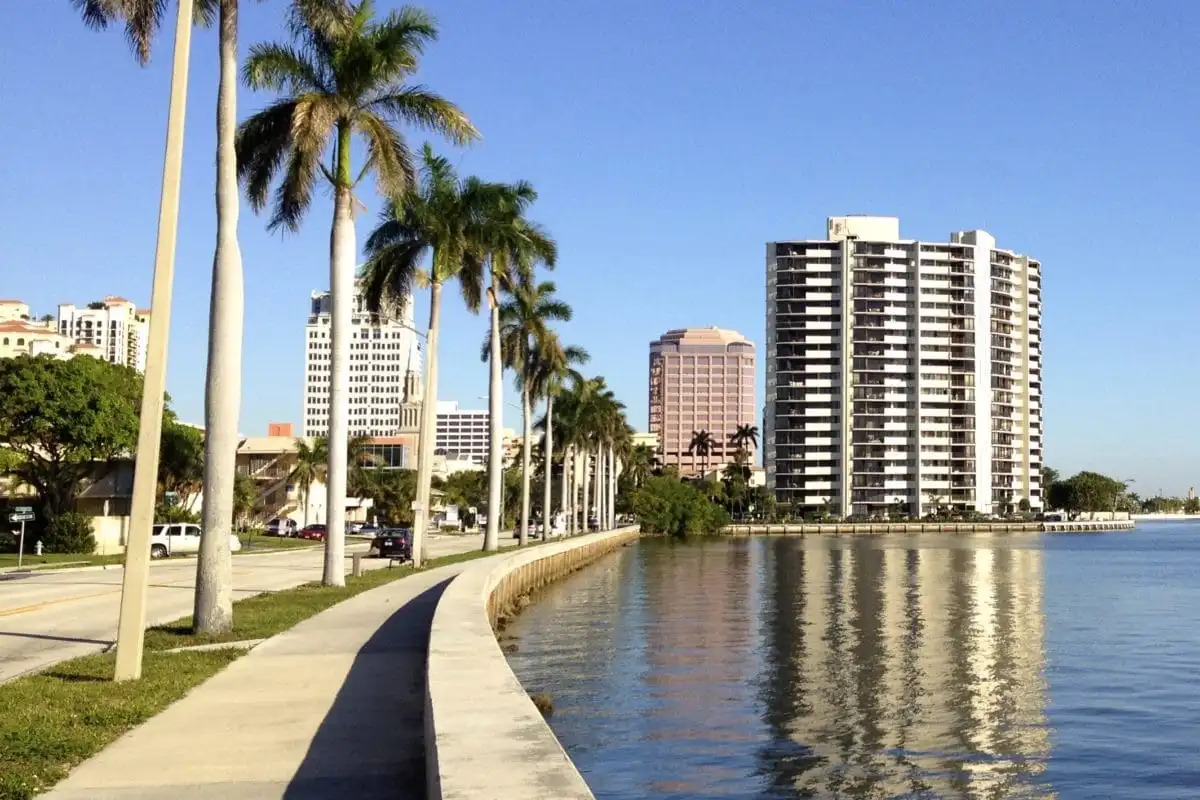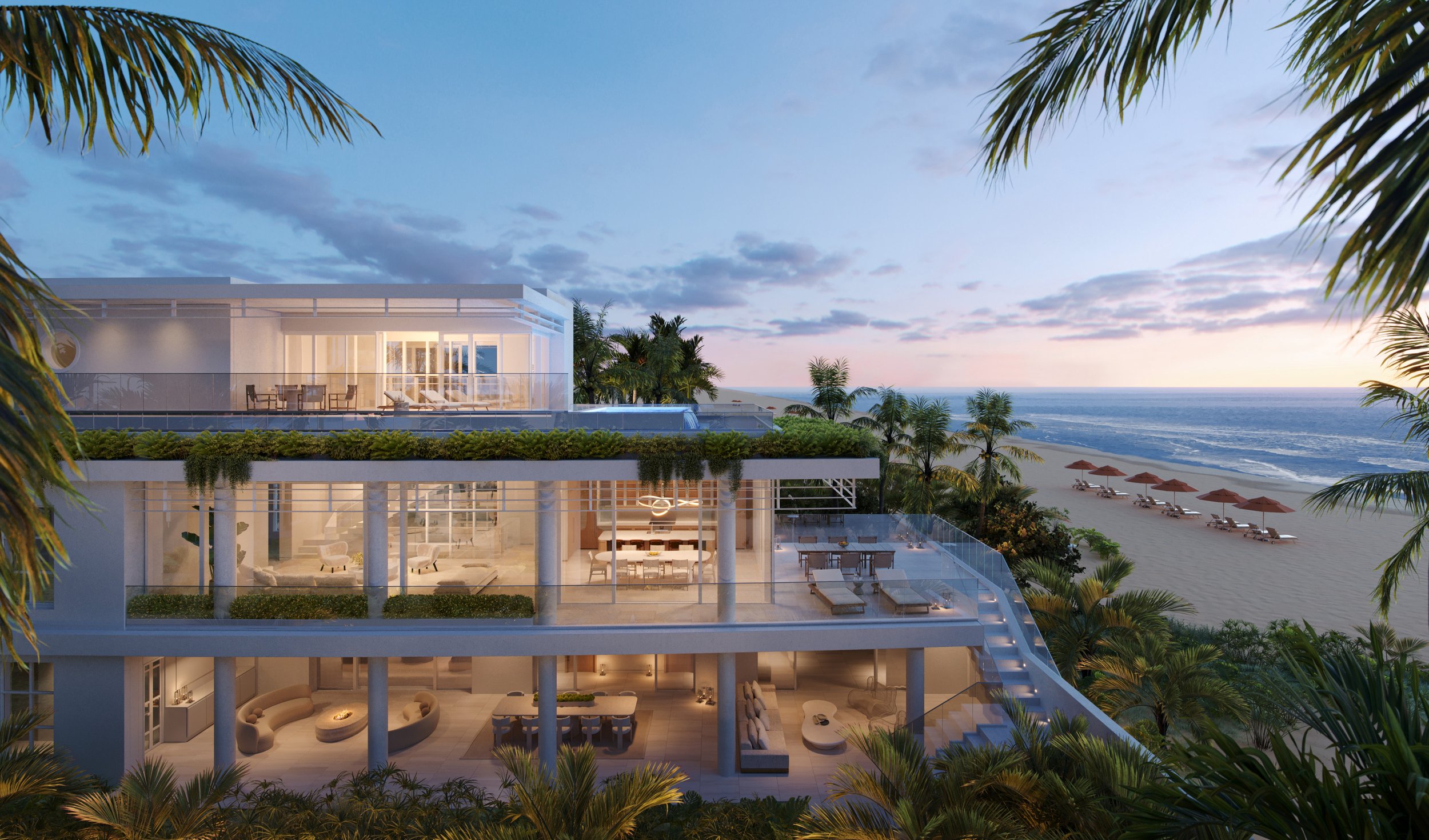South Florida's Mortgage Crisis: 700 Condo Buildings Now on Fannie Mae's Secret Blacklist
In a troubling development for South Florida's condominium market, approximately 700 condo buildings across Miami-Dade, Broward, and Palm Beach counties have been placed on Fannie Mae's undisclosed blacklist. This represents a staggering 100% increase over the past two years and accounts for nearly half of the 1,438 buildings deemed ineligible for financing statewide. The growing financial strain on condo associations, exacerbated by recent regulatory changes, has created a hidden crisis that's reshaping the region's real estate landscape.
The Hidden Blacklist and Its Growing Impact
Unlike publicly available foreclosure or building code violation lists, Fannie Mae does not disclose which buildings have been flagged as ineligible for mortgage backing. Most condo owners only discover their building's status when a potential buyer's loan application is rejected by a lender. This lack of transparency has created significant market uncertainty among the region's estimated 13,000 condo associations.
"The situation has deteriorated rapidly," says Jake Marcus, a Miami-based attorney with Allcock Marcus who compiled the blacklist data. Marcus believes that Freddie Mac maintains a similar unpublished list, potentially doubling the impact on the market.
The blacklisting criteria typically revolve around three interconnected factors: financial instability, deferred maintenance issues, and inadequate insurance coverage. When Fannie Mae identifies deficiencies in any of these areas, it refuses to back loans for units within affected buildings, creating a domino effect of problems for both sellers and current residents needing financing.
Post-Surfside Regulations Intensify Financial Pressure
The dramatic increase in blacklisted buildings directly correlates with Florida's sweeping condo safety legislation enacted after the catastrophic collapse of Champlain Towers South in Surfside in 2021, which claimed 98 lives. This watershed moment fundamentally changed Florida's approach to condo regulation.
The new laws require all condo associations to complete comprehensive structural integrity reserve studies by the end of 2023. Even more significantly, starting in 2024, associations must fully fund their reserves – a financial obligation many buildings had previously avoided through owner votes to waive or reduce reserve funding.
Additionally, buildings now face mandatory milestone inspections once they reach 30 years of age (or 25 years if located within three miles of the coastline), with follow-up inspections required every decade thereafter. These inspections often reveal costly structural issues that associations have inadequate reserves to address.
The Financial Triple Threat: Reserves, Repairs, and Insurance
Older condo buildings in South Florida face a perfect storm of financial challenges that can trigger blacklisting:
- Reserve Funding Requirements: Many associations that previously operated with minimal reserves must now collect substantially higher monthly fees to comply with full funding mandates.
- Deferred Maintenance Costs: Decades of postponed repairs have created substantial backlogs of necessary work, with costs that have escalated dramatically due to inflation and supply chain issues.
- Insurance Premium Spikes: Florida's property insurance crisis has hit condos particularly hard, with many buildings seeing premium increases of 30-100% annually. Some associations can no longer secure adequate coverage at any price.
"When these three factors converge, associations often face the impossible choice between special assessments that many owners cannot afford, or cutting corners that lead to blacklisting," explains Marcus. "Once blacklisted, the building enters a downward spiral that's difficult to escape."
Consequences for Owners and Potential Solutions
For owners in blacklisted buildings, the consequences are immediate and severe. Properties become significantly harder to sell, as potential buyers cannot secure conventional financing. This typically forces sellers to:
- Accept cash-only offers, often at substantial discounts
- Consider seller financing arrangements
- Pursue alternative, higher-cost lending options
- Delay selling until the association resolves the underlying issues
Some proactive condo associations have managed to address these challenges and regain their financing eligibility. Successful strategies have included:
- Implementing substantial special assessments to fund necessary repairs and reserves
- Obtaining bridge loans to address immediate structural concerns
- Exploring Federal Housing Administration (FHA) approval as an alternative to conventional financing
- Engaging with specialized condo financing experts to develop remediation plans
Insights on South Florida's Condo Crisis
Are owners notified when their building gets blacklisted?
No, Fannie Mae does not have a notification system for affected owners. The blacklist is only accessible to mortgage lenders, leaving owners to discover their building's status during attempted sales.
Can a blacklisted building regain eligibility for Fannie Mae financing?
Yes, buildings can be removed from the blacklist by addressing the specific deficiencies identified. This typically requires documented evidence of financial stability, completed repairs, and adequate insurance coverage, but the process can take months or years.
Do all blacklisted buildings have structural problems?
Not necessarily. While some buildings have physical deficiencies, many are blacklisted purely for financial reasons, such as inadequate reserves or association financial troubles, despite being structurally sound.
How much can blacklisting affect property values?
Industry experts estimate that units in blacklisted buildings typically sell for 15-30% below comparable properties in eligible buildings, representing tens or even hundreds of thousands of dollars in lost equity for owners.
Is this problem likely to improve or worsen in the coming years?
Unfortunately, most real estate experts predict the situation will worsen before it improves. As milestone inspections identify more deficiencies and insurance costs continue to rise, additional buildings will likely face financial challenges that lead to blacklisting.
As South Florida's condo market navigates this complex landscape of regulatory requirements and financial challenges, owners, associations, and industry professionals must work together to develop sustainable solutions that ensure both building safety and financial viability. The long-term health of the region's condominium market depends on successfully addressing these interconnected issues.

